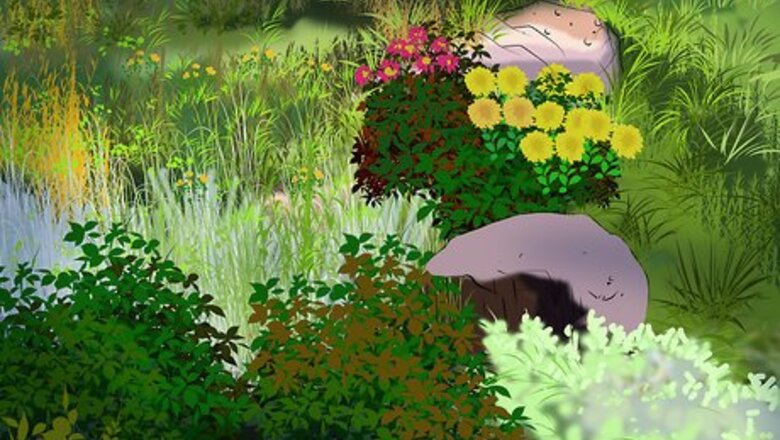
views
Improving Forest Diversity from Home
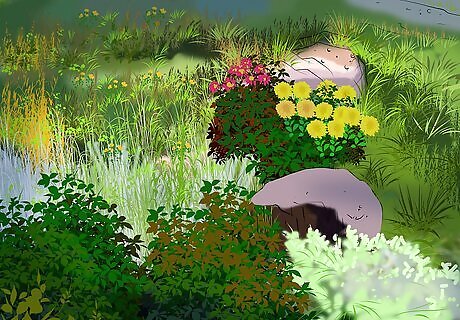
Understand biodiversity. Biodiversity is the variety of living organisms that make up an ecosystem. It includes all the plants, animals, and microorganisms that live together in an environment. It is essential to all life on earth. Greater biodiversity increases genetic diversity in an environment which is necessary for long-term species survival. Biodiversity varies depending on the region. Some regions have greater biodiversity than others.
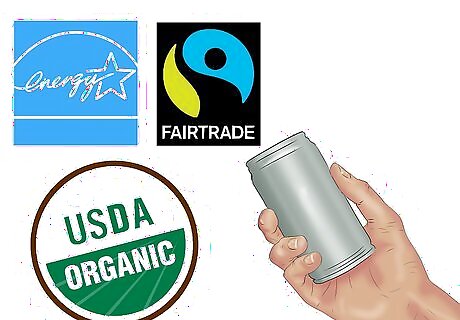
Use products with ecolabels. A root cause of decreased biodiversity is related to the overconsumption of resources on the planet. Some resources are consumed at a rate faster than they are produced. Products with a certified ecolabel let consumers know that their products are green and sustainable. By using products with eco labels you can be sure that they have been produced in an environmentally sustainable fashion. Common ecolabels include USDA Certified, Fair Trade Certified, Certified Wildlife Friendly, LEED, Energy Star, and Green Seal.
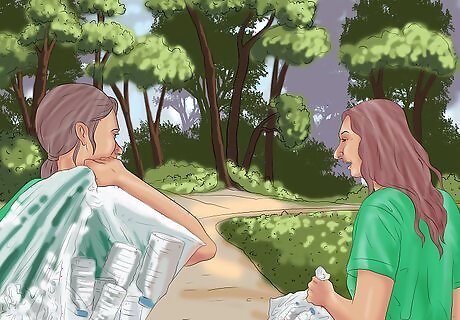
Share information with others. Make your friends and family aware of the detrimental effects our consumer demands have on the biodiversity of our planet. Inform them about deforestation and what they can do in their own way to help preserve our resources. Start a recycling program in your neighborhood. Encourage friends and family to use items with ecolabels and learn about the importance of biodiversity.
Removing Invasive Species
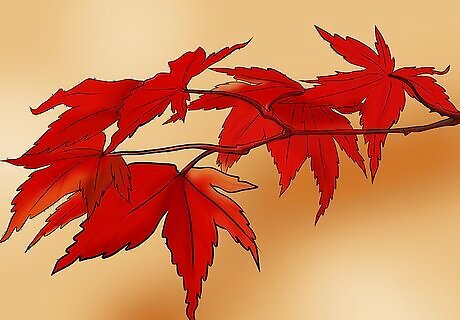
Learn about invasive species. Invasive species are plants that don’t naturally occur in a specific area. They compete against native species for nutrients and resources. Invasive species can be so aggressive that they kill the native species and greatly decrease the amount of biodiversity in an area. Invasive species are usually introduced unintentionally through the transportation of plants from different regions. There are hundreds of invasive species throughout the United States. Plants such as kudzu, European buckthorn, Japanese honeysuckle (Lonicera japonica), Callery Pear (Pyrus calleryana, also known as Chanticleer Pear - a cultivar - or Bradford Pear), certain species of bamboo, Common Reed (Phragmites australis), Reed Canary Grass (Phalaris arundinacea) and English ivy (Hedera helix) are a few examples common to many areas.
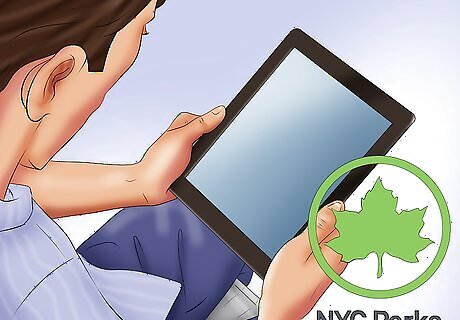
Inquire about clean-up at a park or preserve near you. Many parks and preserves have special clean-up days or programs to curb the growth of invasive species. Look online or call your local park to see if they have open volunteer opportunities. Check out the website of your local parks department for details. Invite friends and family to a clean-up event and make a fun day out of it.
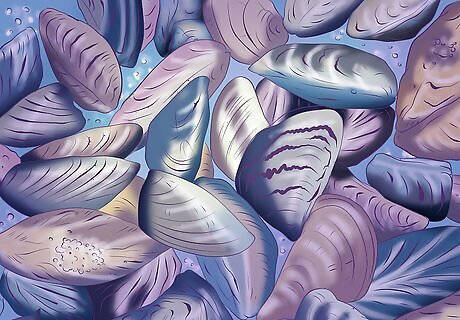
Identify invasive species. Some invasive species can look similar to native species so it’s important to have a photo guide with you. If you are new to a clean-up program, have a knowledgeable guide with you that can help you identify the right plants to remove. Look up invasive species that are common in your area and learn how to identify them.
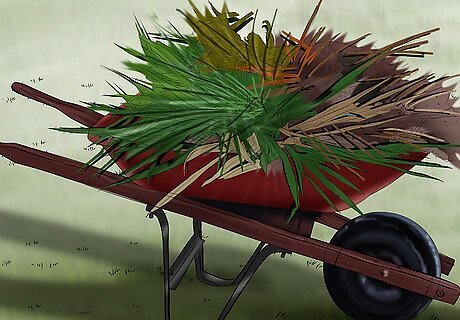
Remove invasive species. Invasive species can be difficult to control, but one of the best efforts is to physically remove them. Digging and pulling up roots works well for small plants growing in loose soil. Plants with thicker roots or growth will need to be cut away and possibly treated with herbicide. This step usually requires some sort of licensure by your state. Oftentimes, you will need cutting shears or blades to remove the overgrown plants. Be safe and be aware of your surroundings as you work. Attempt to remove the entire root, or as much as possible to prevent regrowth. Pile the extracted plants into a wheelbarrow to cart away and dispose of. Leave herbicide treatment to the parks department or to licensed volunteers for the site.
Cultivating Native Species
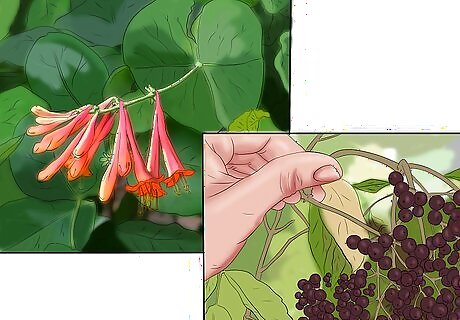
Learn about native species specific to your area. Native species are the plants and organisms indigenous to the land. Native species vary based on geographic location. They have a positive impact on the environment and ecosystem because they are the foundation of a complex web of life that has spanned thousands of years there. Search online or go to the library and look up the native species that grow in your forests and parks. Native species evolved with the land and are specially adapted to grow in their region. Some common native species are the willow oak, the Sweet Bay magnolia, trumpet honeysuckle, and the American elderberry. You can search for a list of native species by state on the USDA site: http://plants.usda.gov/dl_state.html.
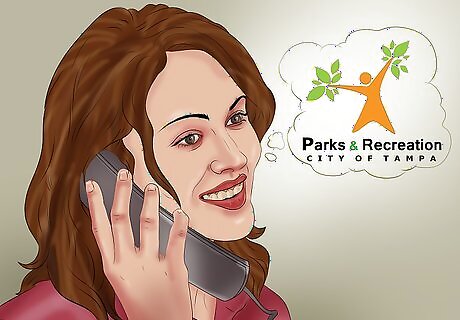
Identify a park or preserve to plant new native plants (with permission, of course). Many parks have to reintroduce native species when the population decreases as a result of invasive species. Call your local parks department or go online to see if they are having a planting day. Don’t plant anything without permission. Invite friends and family to join you.
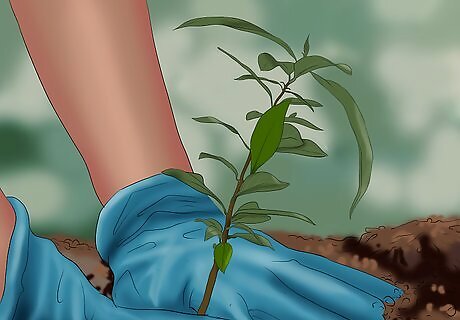
Plant native species. Find the location where the new native species will be planted. The park should have this area mapped out beforehand or tell you specifically where to plant. Ask for instructions on proper planting. Ask questions related to the depth of the hole and how to make sure roots are exposed enough for planting. Wear proper clothing that you don’t mind getting dirty. Gloves are also very important.
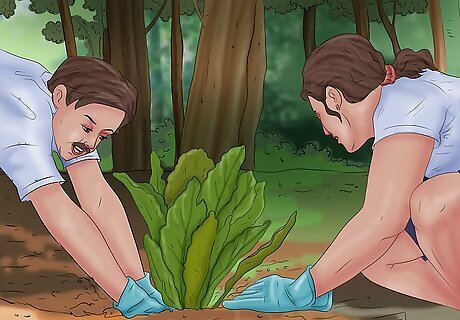
Maintain the native species. If you have the time, visit your plantings and watch their progress. Keep the area clear of all invasive species by weeding regularly and removing non-native plants.




















Comments
0 comment